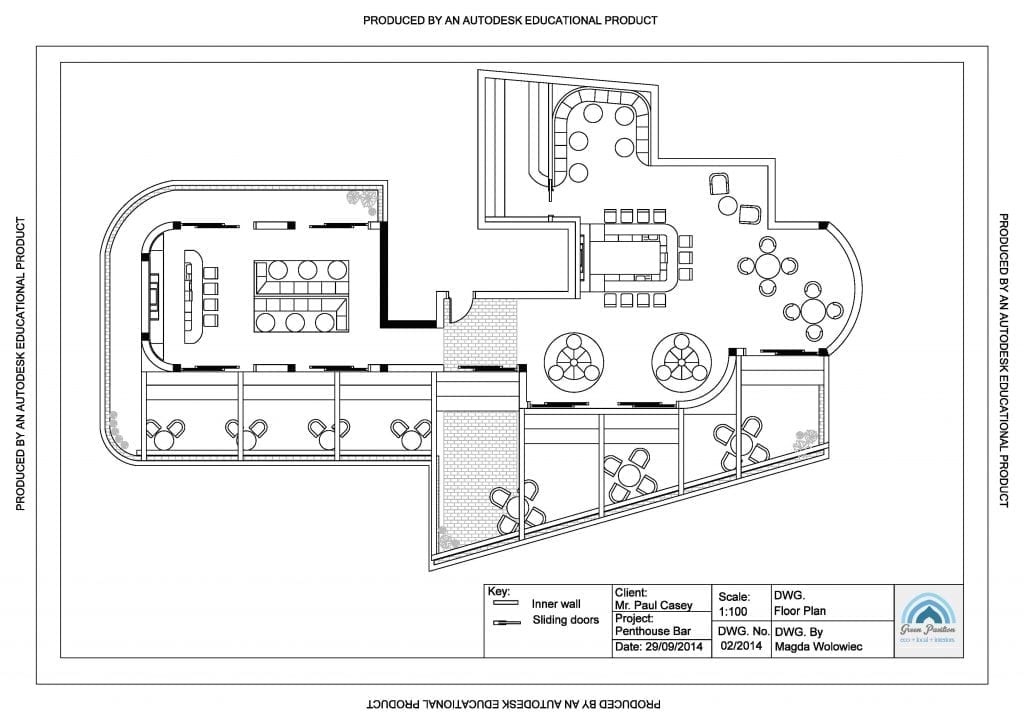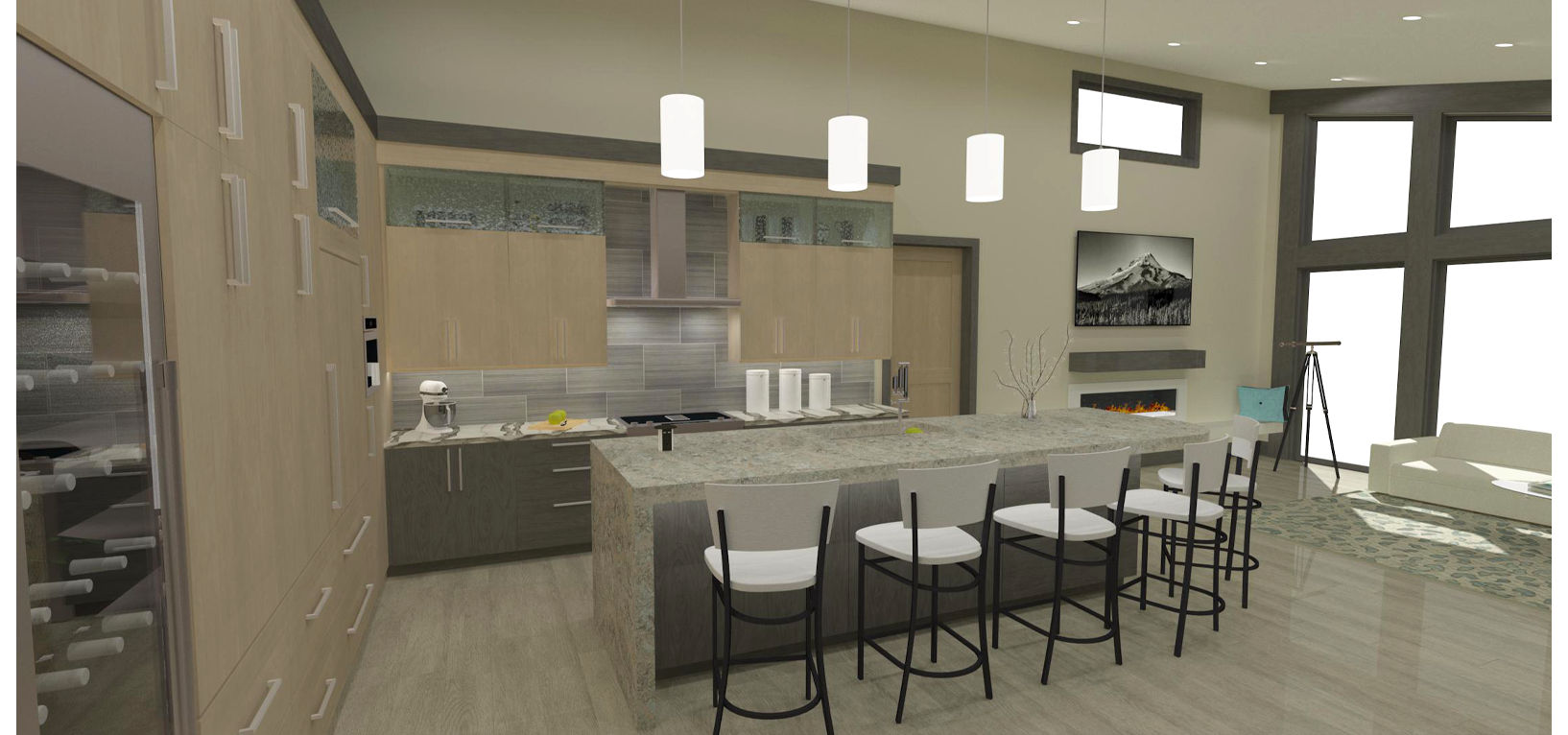Elegant Rural Home Interiors for Modern Living
Elegant Rural Home Interiors for Modern Living
Blog Article
The Art of Balance: Just How Interior Design and Home Designer Collaborate for Stunning Results
In the world of home layout, striking an equilibrium in between aesthetic appeals and performance is no tiny accomplishment. This fragile equilibrium is achieved via the harmonious partnership in between interior designers and designers, each bringing their unique knowledge to the table. Keep with us as we discover the details of this collaborative procedure and its transformative effect on home style.
Understanding the Core Differences Between Interior Decoration and Home Style
While both Interior Design and home design play crucial duties in creating visually pleasing and functional spaces, they are inherently different self-controls. Home style mostly concentrates on the architectural aspects of the home, such as developing codes, safety and security regulations, and the physical building of the space. It deals with the 'bones' of the structure, functioning with spatial measurements, bearing walls, and roofing styles. On the various other hand, Interior Design is extra concerned with enhancing the sensory and aesthetic experience within that structure. It entails selecting and organizing furnishings, picking color design, and incorporating decorative components. While they function in tandem, their functions, duties, and locations of knowledge diverge dramatically in the creation of an unified home setting.
The Harmony Between Home Architecture and Interior Decoration
The harmony in between home architecture and Interior Design lies in a shared vision of style and the enhancement of practical visual appeals. When these two fields line up sympathetically, they can change a living space from common to amazing. This cooperation calls for a deeper understanding of each discipline's concepts and the capability to create a natural, aesthetically pleasing atmosphere.
Unifying Style Vision
Unifying the vision for home style and Interior Design can produce a harmonious living space that is both practical and aesthetically pleasing. The balance begins with an integrated mindset; engineers and interior developers work together, each bringing their know-how. This unison of ideas forms the style vision, a plan that overviews the task. This common vision is essential for consistency throughout the home, guaranteeing a liquid transition from exterior style to indoor areas. It promotes a collaborating technique where architectural elements enhance Interior Design components and vice versa. The outcome is a cohesive space that reflects the homeowner's individuality, way of life, and taste. Thus, unifying the layout vision is vital in blending style and Interior Design for sensational results.
Enhancing Functional Aesthetics
Just how does the harmony between home architecture and interior layout improve practical appearances? Engineers lay the foundation with their structural layout, ensuring that the room is effective and useful. An architect could design a house with high ceilings and large home windows.
Importance of Partnership in Creating Balanced Spaces
The collaboration in between interior developers and architects is crucial in producing well balanced rooms. It brings consistency between style and architecture, bring to life spaces that are not just aesthetically pleasing however also useful. Exploring effective collaborative methods can provide insights right into exactly how this harmony can be efficiently attained.
Integrating Layout and Architecture
Equilibrium, an important element of both Interior Design and style, can only like this absolutely be achieved when these two areas operate in harmony. This consistency is not simply a visual consideration; it impacts the functionality, toughness, site web and ultimately, the livability of an area. Inside designers and designers must comprehend each various other's roles, appreciate their expertise, and interact successfully. They have to consider the interplay of structural aspects with decor, the flow of areas, and the influence of light and shade. This joint procedure results in a cohesive, well balanced layout where every element has a purpose and contributes to the general aesthetic. As a result, integrating style and style is not simply concerning developing beautiful spaces, but about crafting spaces that work perfectly for their residents.
Successful Collaborative Methods

Situation Researches: Successful Combination of Style and Design
Analyzing numerous study, it emerges just how the effective assimilation of Interior Design and design can transform a room. The Glass Residence in Connecticut, renowned for its minimalistic style, is one such instance. Designer Philip Johnson and indoor developer Mies van der Rohe worked together to see it here create a harmonious balance in between the interior and the framework, resulting in a smooth circulation from the exterior landscape to the internal living quarters. An additional exemplar is the Fallingwater House in Pennsylvania. Designer Frank Lloyd Wright and interior designer Edgar Kaufmann Jr.'s joint initiatives result in an amazingly special residence that mixes with its natural environments. These case studies highlight the extensive effect of an effective layout and style collaboration.

Getting Over Challenges in Design and Architecture Collaboration
Despite the undeniable advantages of an effective cooperation in between Interior Design and style, it is not without its obstacles. Interaction issues can occur, as both events may make use of different terms, understandings, and strategies in their job. This can cause misunderstandings and delays in job conclusion. Another major obstacle is the harmonizing act of appearances and functionality. Architects may focus on structural stability and safety and security, while developers focus on comfort and design. The integration of these objectives can be complex. In addition, budget plan and timeline restraints typically add stress, potentially creating rifts in the collaboration. Efficient communication, shared understanding, and concession are crucial to conquer these difficulties and accomplish a effective and unified cooperation.

Future Trends: The Developing Relationship Between Home Architects and Interior Designers
As the world of home layout continues to evolve, so does the connection between architects and indoor developers. Conversely, interior designers are welcoming technological facets, affecting general layout and capability. The future assures an extra natural, cutting-edge, and flexible method to home design, as developers and designers continue to obscure the lines, cultivating a partnership that absolutely personifies the art of balance.
Conclusion
The art of balance in home layout is accomplished via the harmonious partnership in between interior developers and architects. Despite challenges, this partnership fosters growth and innovation in design.
While both interior layout and home design play essential functions in producing aesthetically pleasing and practical rooms, they are inherently various techniques.The synergy between home style and interior style exists in a shared vision of style and the improvement of functional aesthetics.Merging the vision for home style and interior design can produce an unified living room that is both functional and visually pleasing. Hence, unifying the design vision is vital in mixing architecture and interior style for sensational outcomes.
Just how does the synergy between home architecture and interior style boost useful visual appeals? (Winchester architect)
Report this page